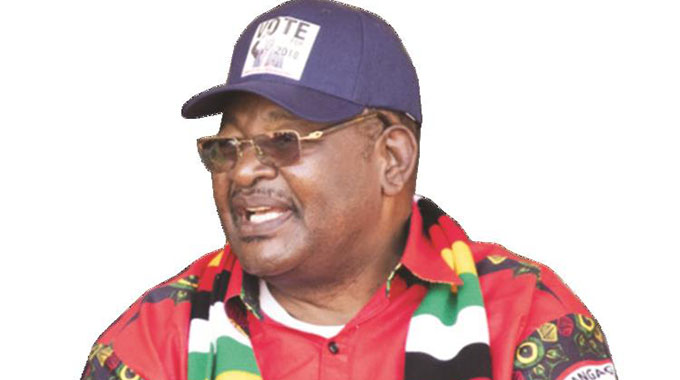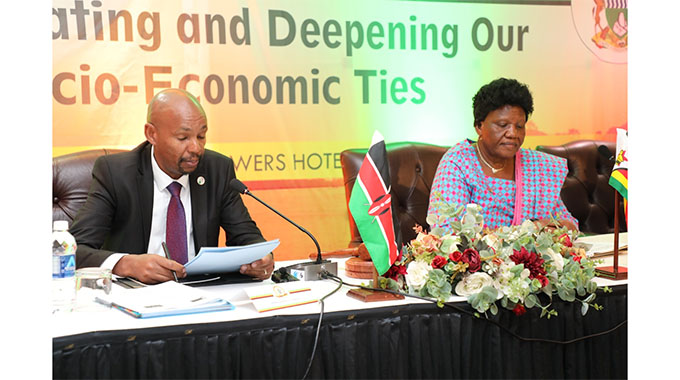2 600 Zim artefacts looted
Lovemore Mataire Senior Reporter
The national director of the National Museums and Monuments of Zimbabwe (NMMZ) Dr Godfrey Mahachi yesterday said more than 2 600 Zimbabwean cultural objects currently on display in the British Museum must also be repatriated together with the skulls of the heroes and heroines of the First Chimurenga.
Dr Godfrey Mahachi said most of the objects were looted soon after the enactment of the Witchcraft Suppression Act of 1899.
“On the basis of this act, whites could confiscate any object regarded as having spiritual value or significance. A good example is Mkwati’s walking stick. It was viewed as a spiritual object, it had ritual powers and strength,” Dr Mahachi said.
Some of the objects confiscated, he said, included mbira (traditional thumb piano), mutsago (wooden headdress), drums, spears taken from prominent warriors or military leaders, snuff boxes, wooden utensils, hides and hakata (divination bones).
He said Mkwati’s stick was returned in 1998, but the other Zimbabwe Bird taken from Great Zimbabwe was still to be repatriated from Cape Town South Africa where it is in Cecil John Rhodes’ private museum.
“We believe that the Government is engaging those that require to be engaged on this one (the Zimbabwe Bird) for it is one of the most important cultural objects bearing our national identity,” Dr Mahachi said.
He said Mkwati’s walking stick was part of Baden Powel’s collection which he acquired during his incursion in the Second Matabele War in 1896 when he sought to relieve the British South African Company under-siege in Bulawayo.
Dr Mahachi said the confiscation of the objects was part of the colonialists’ strategy to pacify the indigenous population. He said the cultural objects exemplified the richness of human civilisation and a manifestation of people’s contribution to human development.
“The objects tell our story in terms of how we relate among ourselves, with nature and they are about our identity as a people. The reason why the Asians have made economic strides is because they premised their development in their culture because within every culture exist nuggets of wisdom,” said Dr Mahachi.
He said the practice of using human heads as trophies was prevalent during colonial conquest as it presented evidence of colonial conquest of legendary African military strategists like Chief Mashayamombe who killed many whites including Norton, a farmer based in present day Norton Town.
Decapitation, Dr Mahachi said, was a symbolic act by colonialists in proving their successes in overcoming iconic military strategists like Mapondera, Mashayamombe, Mashonganyika, Chingaira Makoni and Mutekedza Chiwashira.
“It was also a psychological warfare; imagine what it did for the people to bury their leader minus his head. It was even worse in Namibia were the Germans ruthlessly murdered the Herero. The barbaric and savage behaviour was just out of this world,” Dr Mahachi said.
He said the world was coming to the acknowledgement that the idea of keeping human trophies of foreign nationals in their museum was unethical and wrong and that there was need for decency in the treatment of human remains.








Comments